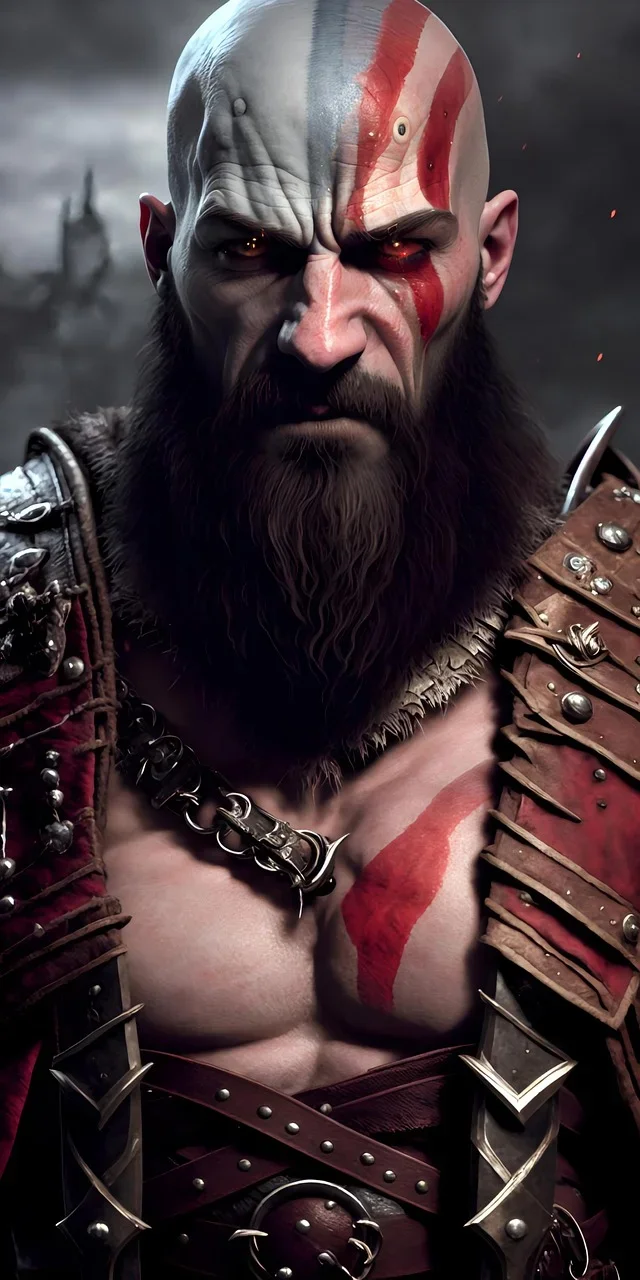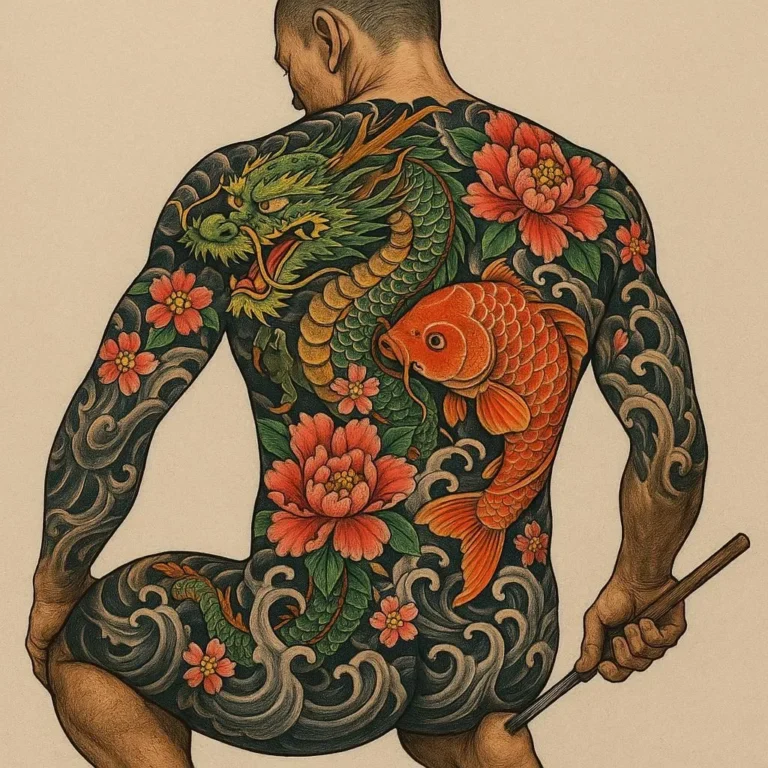509 views Samurai Women: The Silent Fighters of Feudal Japan
Introduction
In the dusty annals of feudal Japan, the name Samurai is almost always associated with sharp swords, disciplined tactics, and the stoic, stoic men who donned the crimson hakama. Yet, beneath the faceless march of tea‑drinking warriors lies a less heralded, yet equally formidable group: the kunoichi, onna‑bushi, and other women who carried the samurai’s burden with quiet resolve. This blog post uncovers the untold stories of these silent fighters, weaving together historical facts, cultural myths, and modern reinterpretations to show why women were indispensable in an era where martial prowess was prized over gender.
Did you know? Even in the 16th‑century Sengoku period, women were formally trained to use tetsubo (iron clubs) and naginata (pole‑arms), earning them a respected place beside male samurai.
The Social Fabric: Women in Feudal Japan
Gender Roles in the Bushidō
During the late Kamakura (1185‑1333) and Muromachi (1336‑1573) periods, bushidō—the Way of the Warrior—shaped a societal hierarchy that prized valor, honor, and loyalty. While the bushi corps consisted predominantly of men, women were not outside the wartime social structure. They were expected to manage households, maintain kanbuyō (code of conduct), and provide the emotional backbone for the clan, often being the first to grasp the war’s grim realities.
The Kuge and Nakō Schools
Education for women varied by class. High‑born girls of the kuge (court nobility) attended kōyō study halls, learning shigaku (classics) and the intricacies of court etiquette. Low‑born clan daughters, however, were groomed in hōkō—martial arts, archery, and jūgun (hand‑to‑hand combat). Some of these women eventually took on the title onna‑bushi (female warrior), a status recognized by local muromachi lords even if it remained unofficial.
Training the Silent Swords
Physical Preparation
Unlike men who trained from youth, women typically began their martial instruction in their early teens. Judo, ikebana (flower arranging for focus), and tai chi—though not historically accurate—are modern analogues to the sōgi‑no‑wai (sword practice) they encountered. Scholars suggest women trained with kama (machetes) and kusarigama (chain‑spade combos), allowing them to keep a fighting distance while wearing lighter armor.
Tactical Roles on the Battlefield
Onna‑bushi served as field nurses, strategists, and occasionally as covert infiltrators. A few accounts detail how a warrior woman once disarmed a contender during a nighttime skirmish behind enemy lines, returning defences for her lord’s castle.
Legendary Figures: The Real‑Life Samurai Women
- Ogime (late 15th century) – Known as the “Moon Lady,” she defended Kamakura castle, wielding a bunshin‑ta (short sword) with a ferno‑moment jury.
- Miyamoto Musashi’s wife, Sakura – Often misrepresented as a background figure, records show her mastering jōjutsu (short‑stick fighting) to protect their lineage during the Genroku era.
- Kobayashi Yuji – A kunoichi from the Hōjō clan whose intelligence gathering saved Bakufu forces from a betrayal in 1590.
These stories—semi‑legendary and well‑documented—serve to illustrate that women were strategic assets on the front lines and in the political chambers.
Myth vs. Reality
The Kunoichi Romance
Pop‑culture has immortalized the kunoichi as a stealthy assassin, dressed in black, moving through moonlit alleys. While certain ninja schools did train women for espionage, the depth and frequency of such roles are overstated. Historical documents point to small groups operating covertly, not an empire‑wide network of shadowy heroines.
The Martial Equality Debate
Some scholars argue kunoichi training was a matter of necessity rather than a formal program. When male warriors were out of the warzone, women filled the gaps as healers and tacticians. Equally, onna‑bushi was typically a family privilege, granted to daughters of notable samurai—an occupational extension rather than societal transformation.
Cultural Spill‑over: From Warlords to Art
- Noh Theatre – Was there not a period where stagecraft borrowed from real samurai aesthetics? Many troupe matrices integrated onna‑bushi props such as tsurugi‑silhouettes, creating a visual homage to their martial heritage.
- Kimono Design – Kuroko (black theater assistants) derived textile techniques from worn samurai armor patterns, preserving the layered aesthetic across centuries.
- Modern Manga – Iconic works like Rurouni Kenshin and Vinland Saga often highlight onna‑bushi arcs, emphasizing their pivotal role in personal development and plot‑driving conflict.
Modern Recognition: The Indirect Legacy
In contemporary Japan, onna‑bushi representation surged with the introduction of kendo as a mixed‑gender sport. It is no longer necessary to assign a gender role to a board‑facing swordswoman; women today march into dojo halls with reverence for the storied past.
Moreover, cinematic portrayals—The Last Samurai (2003) includes a kunoichi character who demonstrates pivotal switching techniques—with no censorship. In scenes shot in Bunraku style, female warriors signifying samurai determination are framed with equal prominence as male counterparts.
How to Honor the Silent Fighters Today
| Action | Where to Find More Information | Example Resource |
|——–|——————————–|——————|
| Visit Miyako City Museum | Samurai Women exhibit | Photo archives from 1593 |
| Enroll in a Sword‑Art Workshop | Bunka-suka Gym | Hands‑on Basan‑kai training |
| Read “Onna‑Bushi: The Lost Women of Heian” | Academic journals | University of Kyoto Humanities Studies |
Women’s leadership in both the past and present ensures that samurai ideals—courage, loyalty, and resilience—continue to inspire cross‑generational narratives.
Conclusion
The story of samurai women illustrates a broader truth: gender oppression and martial prowess are not mutually exclusive. From the dusty fields of sengoku to disciplined dojo mats in modern times, they retain a quiet, unwavering presence. Whether one seeks historical accuracy or an inspirational narrative, these silent fighters remind us that the sword is held by both the heart and the hand—irrespective of gender.
Stay tuned for more historical deep‑dives on forgotten heroes. Share your thoughts below and tag the thread with #SamuraiWomen to continue the conversation!





